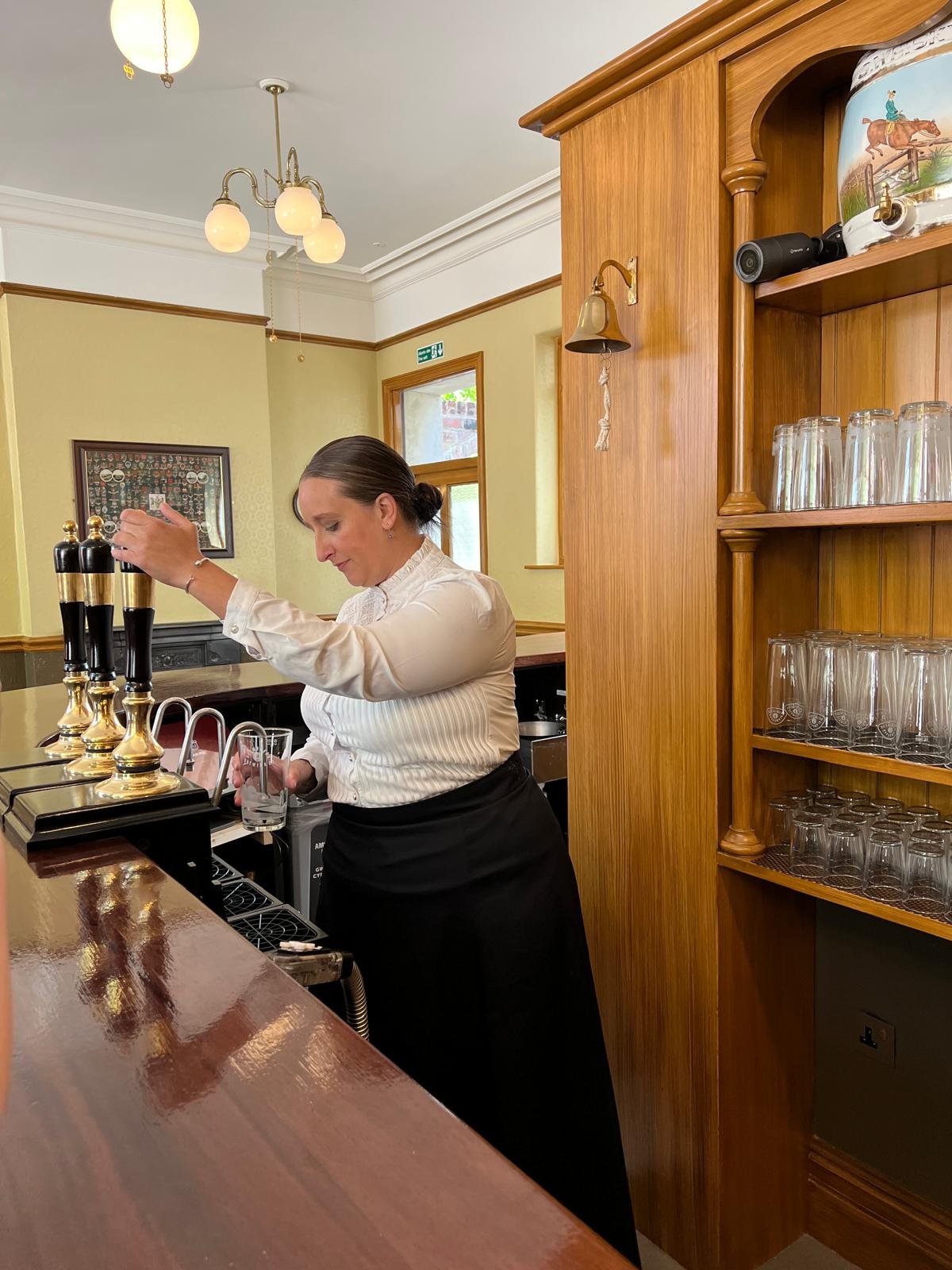The Vulcan Hotel: A Historic Gem Joins St Fagans National History Museum
Credit: Jak Bjornstrom
Cardiff, South Wales – In a momentous occasion, the Vulcan Hotel has been resurrected and welcomed into the esteemed St Fagans National History Museum. This iconic historical building, with its rich past and intriguing stories, promises to captivate visitors as they step back in time.
“We’ve had more interest in The Vulcan before we dismantled it than all our other buildings put together”
The Origins of The Vulcan
The tale of The Vulcan begins in the heart of Cardiff, where it once stood proudly at 10 Adam Street in the Adamsdown area. Back then, this neighborhood was known as Newtown, a vibrant enclave that housed a multicultural community. Irish immigrants seeking work and refuge from the famine in their homeland found solace here. Outsiders affectionately dubbed it “Little Ireland.”
In 1853, The Vulcan emerged as two modest, terraced houses. Over time, these were ingeniously merged into a single structure, officially registered as an “ale house.” Its original moniker? The Vulcan Inn. Lodgings occupied the first floor, while the landlord and family resided above. But it was in 1914-1915 that The Vulcan underwent significant remodeling, transforming into The Vulcan Hotel. The façade now bore its new name, adorned with distinctive tiles.
The Enigma of the Name
Why “The Vulcan”? Theories abound. Some speculate that the first licensee, perhaps with ties to metalworking, drew inspiration from the Roman god Vulcan, the blacksmith of fire and metal. Although no iron foundries neighbored the pub, the connection remains tantalizingly mysterious.
A Snapshot of 1915
credit: C Birch
In 1915, The Vulcan took on the appearance etched in collective memory. Working-class men from docks, railways, and nearby industries frequented the main bar. Women were a rarity here, and the sawdust-covered floor bore witness to lively conversations. Couples retreated to the more refined Smoke Room, while others stood in the passage, served through a hatch. The Jug & Bottle booth allowed patrons to purchase beer for home consumption.
As the years unfolded, darts became a favorite pastime, and The Vulcan evolved into a haven for musicians, poets, and authors. Its walls echoed with laughter, camaraderie, and the clink of glasses.
The Phoenix Rises
Fast-forward to 2024, and The Vulcan has been meticulously reconstructed at St Fagans National History Museum. Brick by brick, it emerged from its decade-long slumber, ready to continue its proud legacy. The scaffolding has vanished, revealing the pub’s renewed facade—a beacon of Cardiff’s history.
Visitors can now step inside, where echoes of the past linger. The main bar awaits, reminiscent of 1915, with its sawdust-strewn floor and bustling patrons. The Smoke Room beckons, and the spirit of Denis MacCarthy, landlord during those transformative years, hovers in the air. You can now book a Beer Flight or hire the venue for private events as-well as enjoying the historic building as a part of your regular visits to this treasure of a museum.
A Living Chronicle
The Vulcan Hotel isn’t merely a building; it’s a living chronicle. Its walls harbor memories, secrets, and the pulse of generations. As you explore its nooks and crannies, imagine the laughter, the clinking glasses, and the stories woven into its timeworn beams.
“The place looks totally different, I can understand why they went back to this time frame”
So, venture forth to St Fagans National History Museum. Discover The Vulcan—an embodiment of Cardiff’s past, now resurrected for all to cherish.





